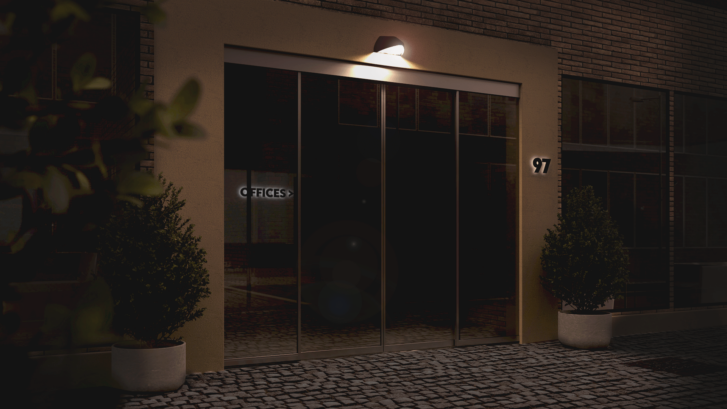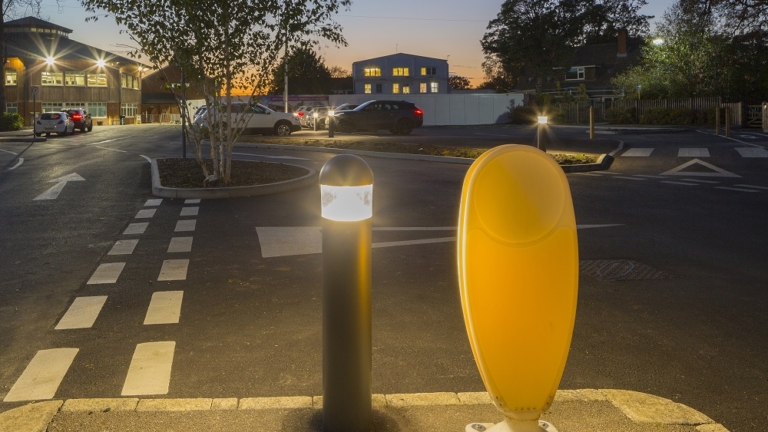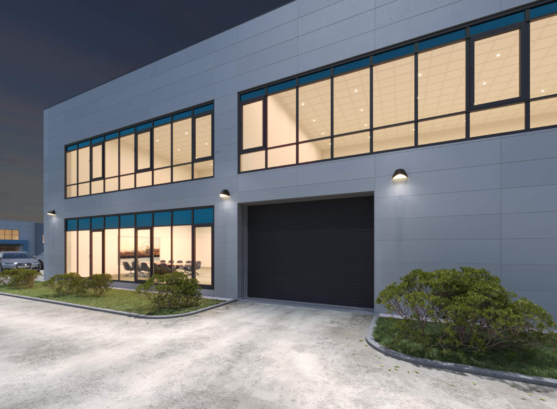
We are a leading manufacturer of quality internal and external lighting products for commercial, industrial and retail applications.
View all productsAt Ansell Lighting we design and manufacture an extensive range of luminaires for a diverse number of sectors and applications. Whatever the shape, purpose or style of your space, we have a lighting solution.
View all sectors & applicationsWe are a leading manufacturer of quality internal and external lighting products for commercial, industrial and retail applications.
Welcome to Ansell lightingWe are here to answer any questions you may have, help you find a stockist or speak to a local member of our team.
OCTO delivers the complete smart lighting package to transform the efficiency and ambience of commercial and residential spaces.
Find information regarding our product warranty, product data downloads and FAQs regarding lighting and technical terms. Here you will find support with training CPDs as well as useful lighting design and LED strip calculators.
Compliant Lighting Starts At Home

Light pollution affects everyone who lives and works within the built environment, where the levels of the brightness of the night sky can restrict sight of the night starlit sky. It has been suggested that the levels of global light pollution are increasing at around 2% per annum, which is having adverse effects, where its indiscriminate use harms wildlife and disrupts the global ecosystem, whilst consuming a vast amount of additional energy.
The Dark Sky Design Lighting principles relate to any lighting installation, whether that be residential or commercial, where producing the right light for the application should definitely be the targeted aim. The best practice design principles from the IDA should be followed to ensure a good quality lighting installation, which reduces light pollution and its negative impact on dark skies.
There are generally five principles associated with designing and installing light to protect the night sky.
Light to be USEFUL, where the installation of any light fitting should be justified with a clear purpose and benefit. Before installing or replacing an existing light fitting. it should be determined if a light fitting is actually needed. Consider how any installed light fitting will impact on the area, including that of the wildlife as well as on the environment.
Light to be TARGETED and should only be directed to where it is needed and not spill into neighbouring spaces. All light above the horizontal should be avoided, where zero upward light is essential. The use of shielded fittings and in carefully aiming is to target the light beam so that it points downwards and does not spill any light beyond where the illumination is needed.
Light is to be at LOW LIGHT LEVELS, where light fittings should provide the right illuminance referenced against the design standards. Do not needlessly use high lumen package light fittings, as well as not producing unnecessary glare. Be mindful of surface conditions, as some ground surfaces may reflect more light into the night sky than is intended.
Light is to be CONTROLLED and should be only used when it is useful. When not needed, lighting should be switched off by the use of manual switching, time controls, or by proximity (PIR) sensors. Also ensure that all light fittings are dimmed when activity within the location is low, thereby reducing the amount of light and its energy usage.
Light is to use warmer COLOUR, wherever possible, where installed lamps and light fittings should be with a CCT of 3000K or less. Lamps above 3000K, with a shorter wavelength, in having an increased blue-violet component, should be avoided or to be at the least amount needed for the installation.
The conclusion of this scenario is that the homeowner should install and control only ‘light where and when it is needed, in the amount needed for the application, and no more’.
It is therefore important, that residential homeowners consider, and understand the difference, between a good lighting installation, and a bad lighting installation, as when looking to purchase various light fittings for their home from their local electrical wholesaler, what might have seemed acceptable at the time of purchase, may then provide an unacceptable solution, in having higher lumen performances and/or inappropriate light distribution patterns, than that which was previously deemed suitable for the area(s) being illuminated.
It is generally accepted that most external residential lighting is installed to provide both personal and property security for the owners to enjoy the outdoor spaces during the times of darkness and to protect the home from unwanted intrusion, where the provision of suitable illumination is wholly dependent upon the specific requirements of the householder, however, before illuminating the space, it may be an important consideration to ask whether or not all the lighting equipment being proposed, is actually needed to illuminate the intended area.

When reviewing the residential application there are a few considerations, which will assist in providing the suitability of the installation, as well as in maximising energy efficiency, which are:
- To provide appropriate lighting, for only what is required to be illuminated,
- To use energy efficient lamps and light sources in all fittings and for all locations,
- To only install equipment providing the lowest lumen performance needed to adequately illuminate the area,
- To use lighting equipment, which is shielded, and which provides controlled downward illumination only,
- Where light fittings have aiming adjustability, make sure all produced light falls within the user’s boundary,
- To only activate the lighting when it is needed, through the use of a system of lighting control,
- To wherever possible, select lamps and light fittings which have a warm colour of a maximum of 3000K.
Whilst there are usually restrictions in illuminating commercial and industrial based locations, when it comes to the residential home, there is generally no planning application requirement for external lighting, unless it is within a conservation area or one of outstanding beauty or being a listed building. It is highly recommended that the light distributed from any installed lighting should stay within the within the confines of the property in which it is being installed, so as not to produce unwanted illumination or visual glare to adjacent properties. Finally, the homeowner should consider preserving the dark sky scenario and whether the lighting installation would present a negative impact to the location in which it is installed or on the wider surrounding environment.
Residential lighting needs to be well designed, taking account to minimise light pollution, and should be installed using quality lighting equipment, and whenever possible, utilising IDA approved lighting equipment. The homeowner should also utilise the services of a qualified electrical contractor for an electrically safe and compliant installation.
Finally, a last point to remember is that the level of dark sky scene within the illuminated location should be enhanced, wherever possible or at the very least, maintained at its current level.
(Some content information has been gained from the International Darksky Association website, where Ansell Lighting offers a range of IDA Darksky Approved Products for external illumination)
You Might Also Be Interested In...

